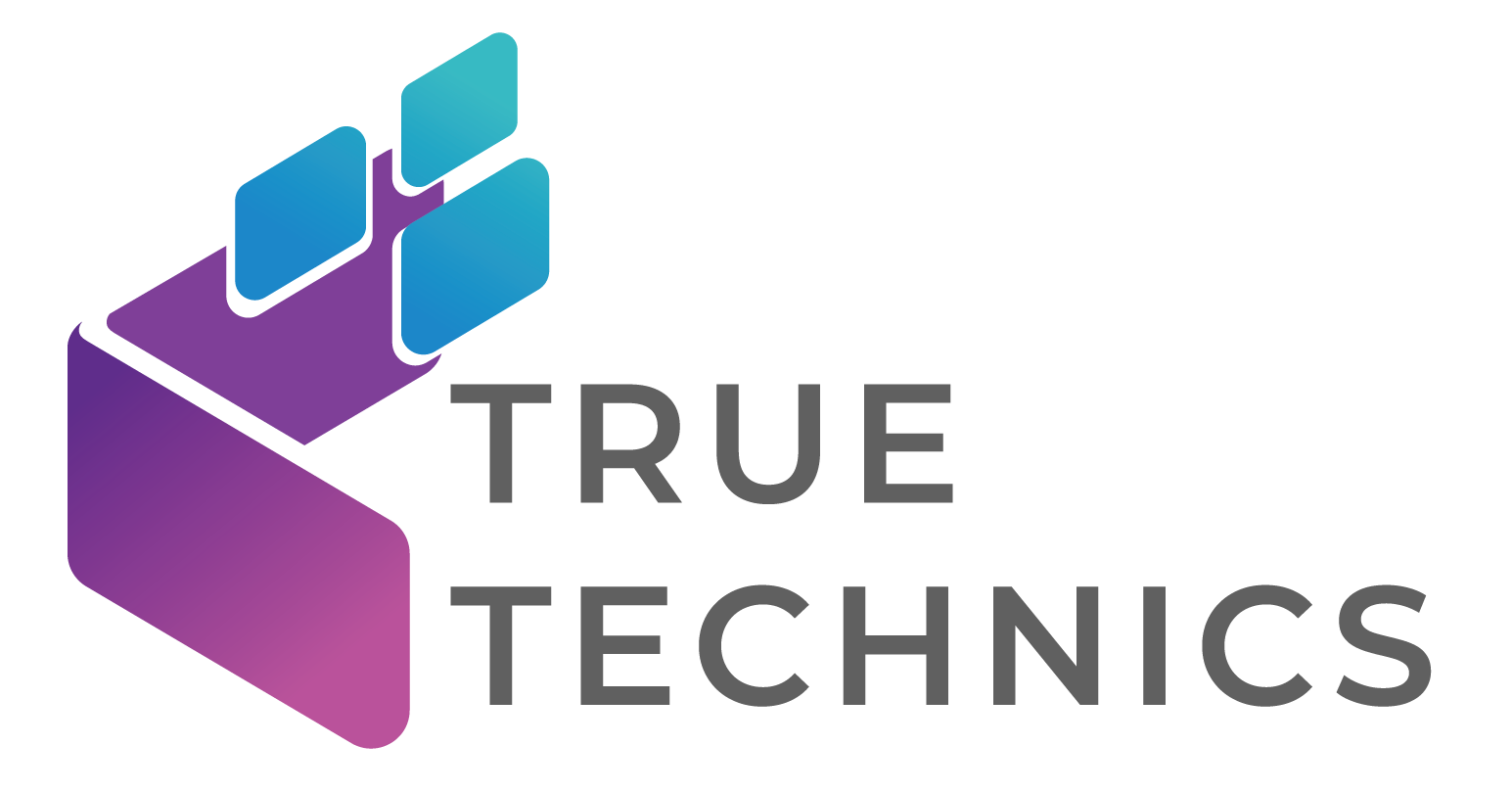The Hidden Dangers of Choosing the Wrong Content Partner
Let’s face it—not all white label content providers are created equal. Make the wrong choice, and you might find yourself explaining to clients why their content is filled with errors, missed the mark completely, or worse… sounds exactly like AI-generated fluff that anyone could produce.
The stakes couldn’t be higher.
While your competitors are delivering content that converts, builds authority, and keeps clients coming back for more, the wrong provider could be slowly undermining your agency’s reputation with every piece they deliver.
But how do you separate the exceptional from the mediocre? How do you find white label content services who truly understand quality content—not just promise it?
The True Cost of Mediocre Content
Before diving into evaluation methods, consider what’s truly at risk with subpar content:
Client retention. When clients start questioning the value of your deliverables, they’re already mentally shopping around for alternatives.
Your margins. Every minute spent fixing poorly written content eats directly into your profitability.
Team morale. Nothing burns out your account managers faster than constantly apologizing for content that doesn’t meet expectations.
Growth potential. With inconsistent quality, you’ll struggle to scale beyond your current client base—referrals will dry up, and word-of-mouth becomes your enemy rather than your ally.
7 Quality Indicators Most Agencies Overlook
1. Writer Selection and Vetting
Most white label providers claim to have “expert writers,” but dig deeper.
What to ask: “What’s your writer rejection rate? How many applicants make it through your selection process?”
Top-tier providers typically accept less than 5% of applicants. If they’re hiring nearly everyone who applies, prepare for disappointment.
Red flag: Any provider who can’t or won’t explain their writer qualification process in detail.
2. Quality Assurance Beyond Spell-Check
Basic error-checking isn’t quality assurance—it’s the bare minimum.
What to look for: A multi-stage review process including content specialists who evaluate accuracy, engagement, and strategic alignment—not just grammar.
Red flag: Providers who equate “quality assurance” with automated tools like Grammarly or Hemingway Editor.
3. Subject Matter Expertise
Generic content is a client-retention killer. Today’s readers crave authentic expertise.
How to evaluate: Request samples in your most technical or specialized niches. If they can handle complex topics with confidence, simpler subjects will be no problem.
Red flag: Content that reads like it was researched through a quick Google search rather than written by someone with genuine industry knowledge.
4. Revision Rates and Reasons
Low-quality providers hide behind impressive-sounding acceptance rates.
What to ask: “What percentage of your content requires revisions, and what are the most common reasons?”
The best providers track this data carefully and use it to improve their processes.
Red flag: Providers claiming near-perfect acceptance rates. Either they’re not being truthful, or their clients have simply given up requesting improvements.
5. Adaptation to Client Voice and Brand
Cookie-cutter content fails to resonate with target audiences.
How to test: Provide a sample of existing content and ask them to match the style and tone. Their ability to mirror established voices reveals their adaptability.
Red flag: Content that technically meets requirements but lacks the nuanced understanding of your client’s unique voice and positioning.
6. Consistency Across Multiple Deliverables
One great sample proves nothing. Consistency determines long-term success.
The evaluation method: Order multiple small projects over several weeks rather than a single large order. This reveals their true capability to maintain quality over time.
Red flag: Noticeable quality drops between the first piece (often written by their best writer to impress you) and subsequent deliverables.
7. Response to Feedback
The best providers use feedback to improve, not just apologize.
What to look for: Systems for incorporating feedback into future work, not just fixing the current piece.
Red flag: Defensive responses or explanations that place blame elsewhere rather than focusing on solutions.
Beyond the Surface: Evaluating Content Effectiveness
Quality isn’t just about well-written sentences—it’s about content that achieves business objectives.
Strategic Alignment
Does the provider understand the “why” behind content requests?
Test approach: Provide a basic brief with intentional gaps. Quality providers will ask clarifying questions about goals and audience before starting.
Red flag: Providers who start writing immediately without strategic discussion.
SEO Integration
SEO isn’t an add-on feature—it’s fundamental to content success.
What to evaluate: Their understanding of current SEO best practices, not outdated keyword-stuffing techniques.
Red flag: Providers who treat SEO as a separate service rather than an integrated component of quality content.
Engagement Metrics
Good content holds attention. Great content drives action.
Questions to ask: “How do you measure content engagement? What metrics do you track beyond word count?”
Red flag: Providers focused solely on deliverables rather than performance.
The Trial Project: Your Most Powerful Evaluation Tool
No amount of research replaces real-world testing.
Setting Up an Effective Trial
- Choose a representative project. Don’t test with your simplest content need—select something that reflects your typical requirements.
- Create a realistic timeline. Rush jobs aren’t fair evaluations of normal quality.
- Use your standard brief format. This shows how well they adapt to your existing processes.
- Evaluate the entire experience. Quality includes communication, meeting deadlines, and handling feedback—not just the final deliverable.
Moving Forward: Protecting Your Agency’s Reputation
Remember—you’re not just buying content. You’re purchasing your agency’s reputation with every piece delivered.
The right white label content provider becomes an invisible extension of your team, delivering work so good your clients believe it came directly from your in-house experts.
Start with a small test project today. Evaluate the results objectively. And remember that the provider who asks the most questions about your needs before starting is often the one who will deliver the fewest headaches down the road.
Your agency’s future growth depends on making this decision correctly. Choose partners who understand that quality content isn’t just about words—it’s about results.


